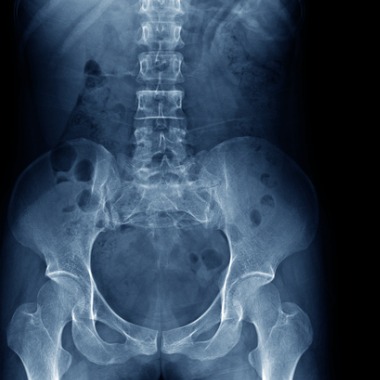Questions To Ask Your Physician if You Have Low Back Pain
It’s estimated that 80% of the US population will experience some form of lower back pain during their lifetime. For most, the pain is acute and goes away quickly. Unfortunately, others experience chronic lower back pain that may last for months or even years. No matter how severe your pain is, seeing a physician may be the best way to experience relief.

When To See a Doctor for Lower Back Pain
From minor tweaks to herniated discs, getting an expert opinion on your lower back pain is always a good idea. Even the slightest pain may worsen and become a bigger problem if left untreated. Minor lower back pain may not require immediate medical attention. However, certain signs may warrant a trip to the doctor’s office sooner rather than later.
By visiting a doctor as soon as symptoms arise, you may have a better chance of preventing your back pain from becoming chronic. Additionally, early intervention may help you avoid more invasive treatments down the road.
What To Ask Your Doctor When You Have Low Back Pain
Asking your physician the right questions may help you better understand your condition and treatment options. So, before you book your next appointment, be sure to keep these questions in mind.
What Can I Do To Reduce My Back Pain?
If you are experiencing lower back pain, you’ll probably be looking for ways to find relief. Talking to your doctor may allow you to get an idea as to what the best stretches, exercises, and home remedies are for your specific condition. Furthermore, your doctor may prescribe medication or procedures to help ease your discomfort.
What May Worsen My Back Pain?
Just as you may do things to reduce your back pain, there may be activities that make your pain worse. Your doctor may assist you in identifying these triggers and present you with alternatives that may not worsen your pain. If a particular activity is causing you pain, it is best to stop and consult with your doctor on how to proceed.
What Is Causing My Back Pain?
Visiting a doctor may be the only way to get a clear answer about the cause of your lower back pain. After completing a physical exam and reviewing your medical history, your doctor may order additional tests to determine a diagnosis. These tests may include X-rays, MRIs, or CT scans. Getting a second opinion may be a good idea to confirm your diagnosis and treatment plan.
What Are My Treatment Options?
Once your doctor makes a diagnosis, they may develop a treatment plan that’s right for you. For some, this may include stretches, physical therapy, bracing, or medication. Keep in mind that treatment options will vary depending on the underlying cause of your pain.
Will I Need Surgery?
In some cases, surgery may be necessary to relieve your pain. However, this is usually only recommended when other treatment options have failed. If your back pain requires surgery, your doctor will discuss the risks and benefits with you.
Do You Offer LinQ?
Back pain may stem from a variety of conditions. One of which is sacroiliac joint dysfunction. This condition may result in lower back pain and make it difficult to enjoy your everyday activities.
Thankfully, PainTEQ has developed the LinQ SI Joint Stabilization System to help alleviate and, in some cases, get rid of your sacroiliac joint pain. This minimally invasive procedure works by implanting a small bone allograft into the sacroiliac joint to help stabilize the dysfunctional joint.
Are you suffering from back pain due to sacroiliac joint dysfunction? Ask your doctor if LinQ is right for you. If you have any questions or want to find a provider in your area that offers the LinQ procedure, please contact PainTEQ today.
Improve Your Practice With PainTEQ
If you are a provider looking to offer the LinQ system in your practice, please reach out to one of our representatives. Offering the LinQ system in your office may help your practice provide patients with a well-rounded treatment approach. Click here to get started today.



